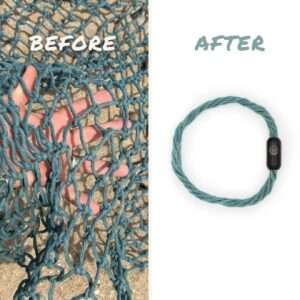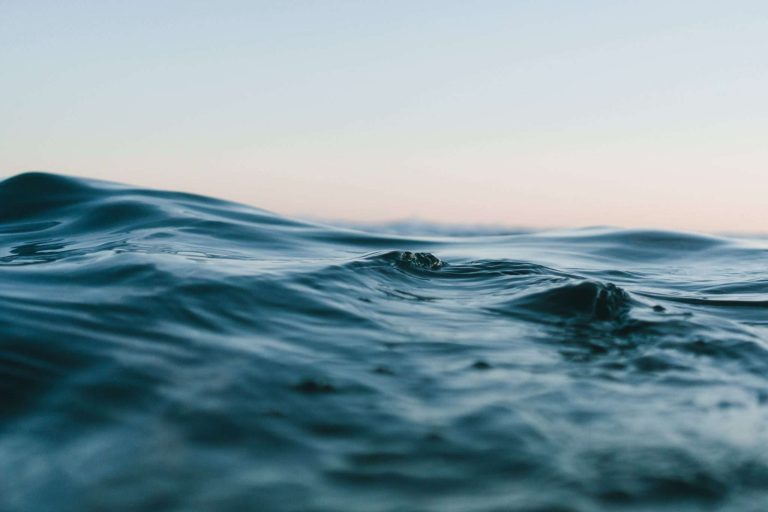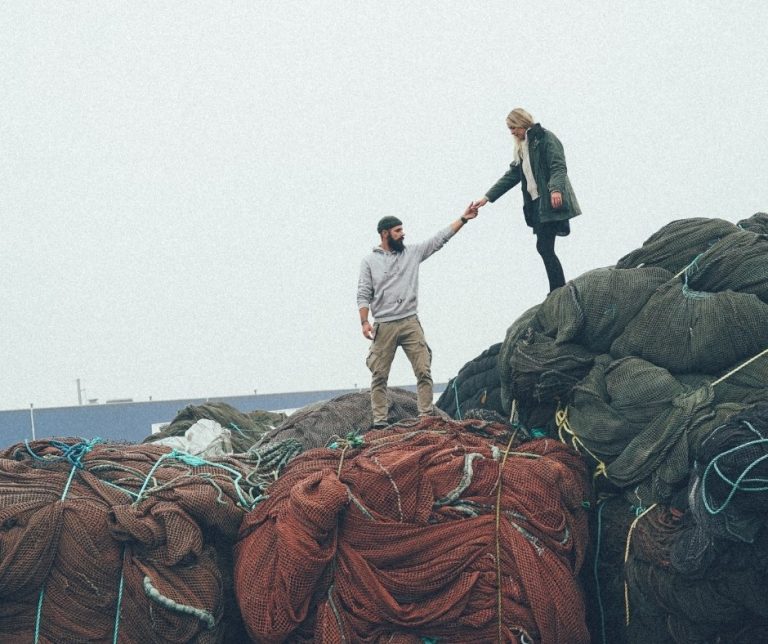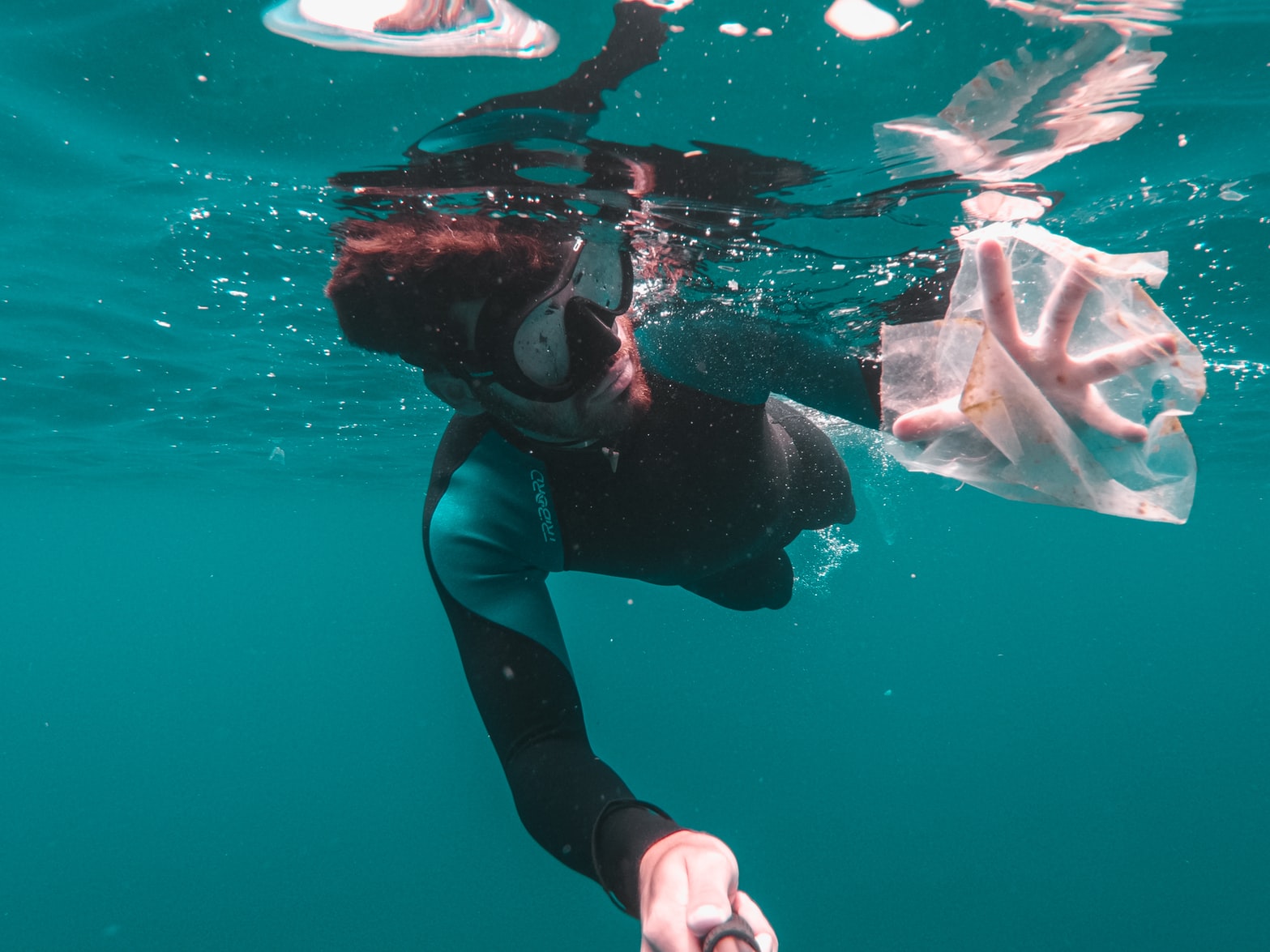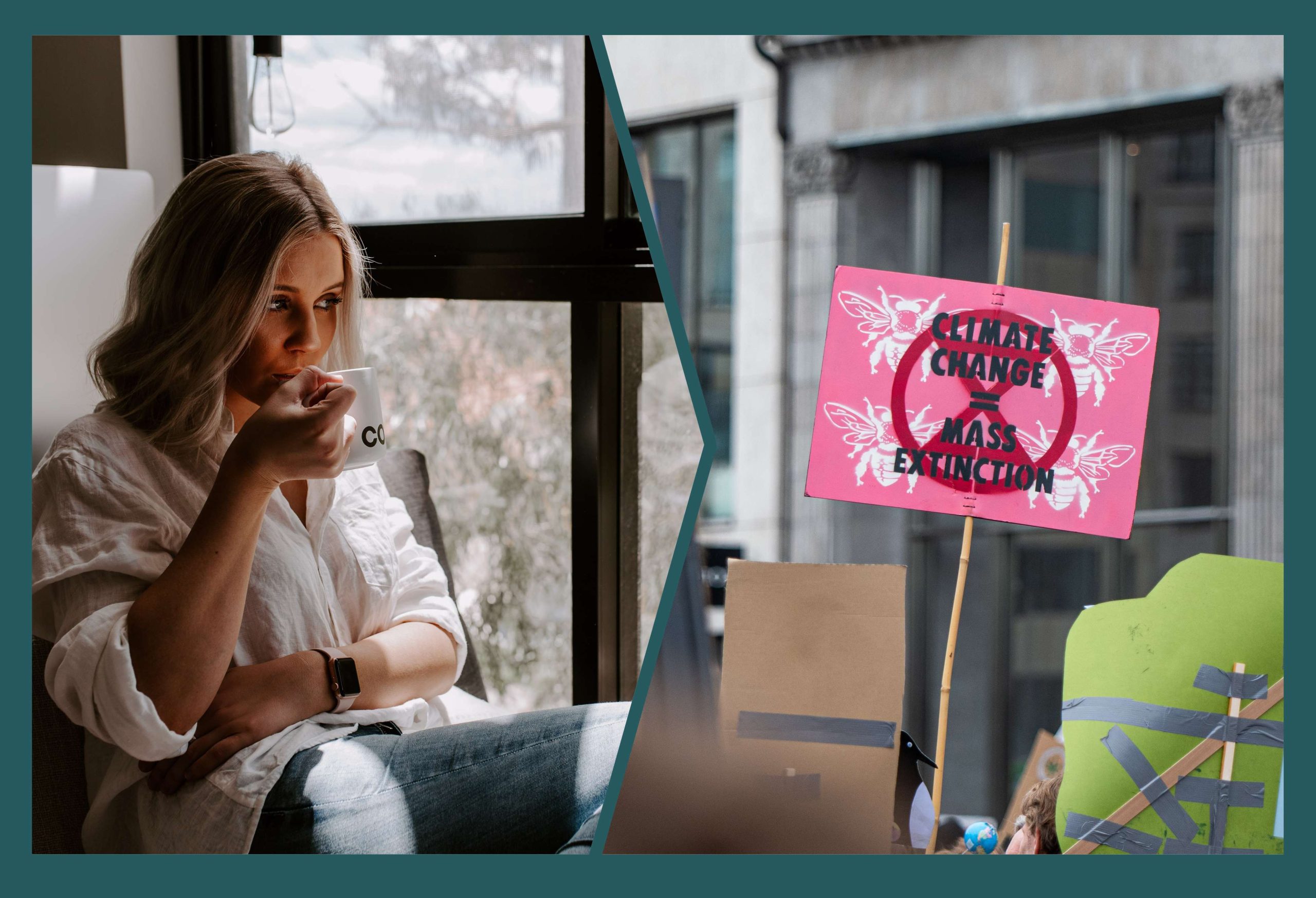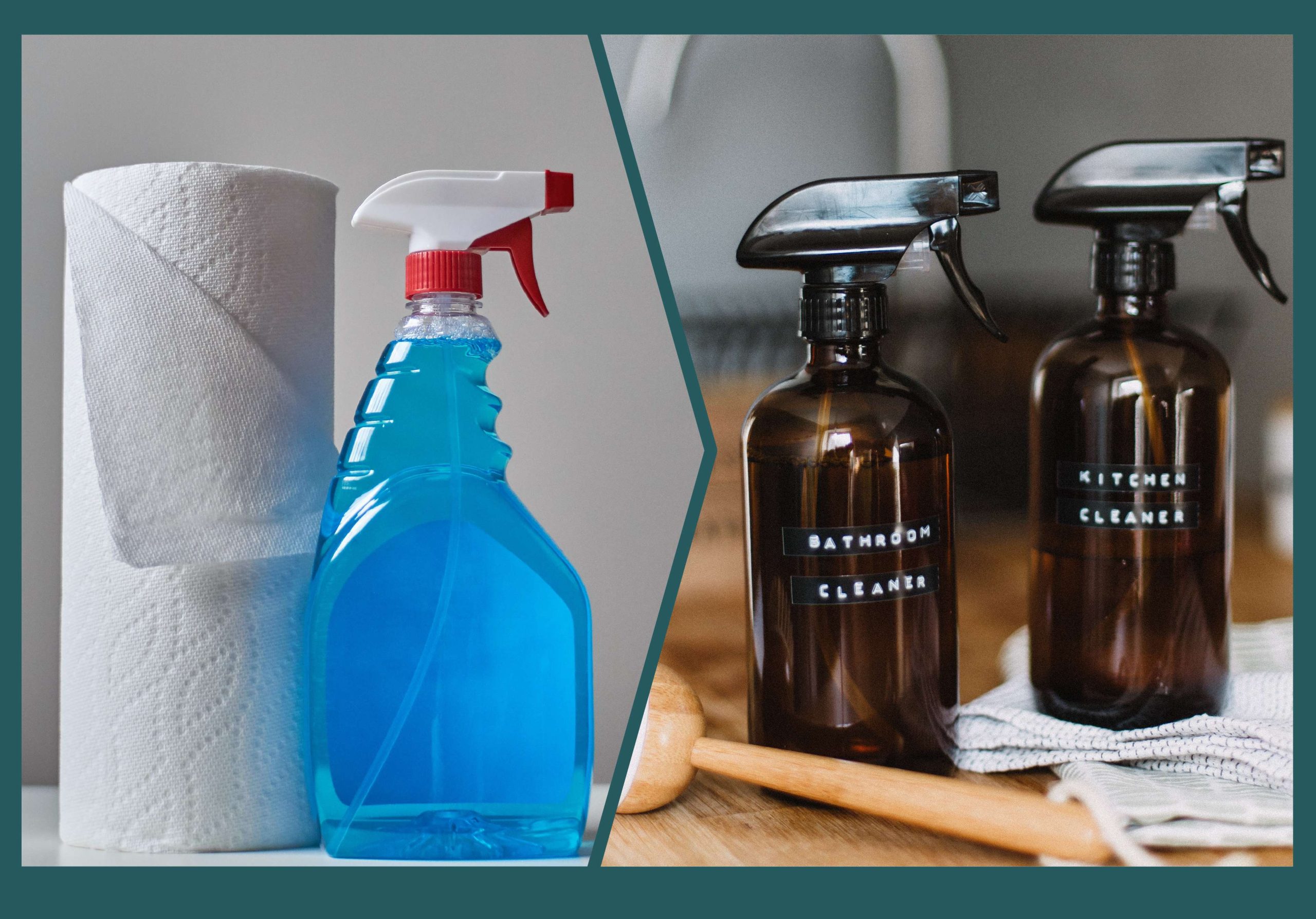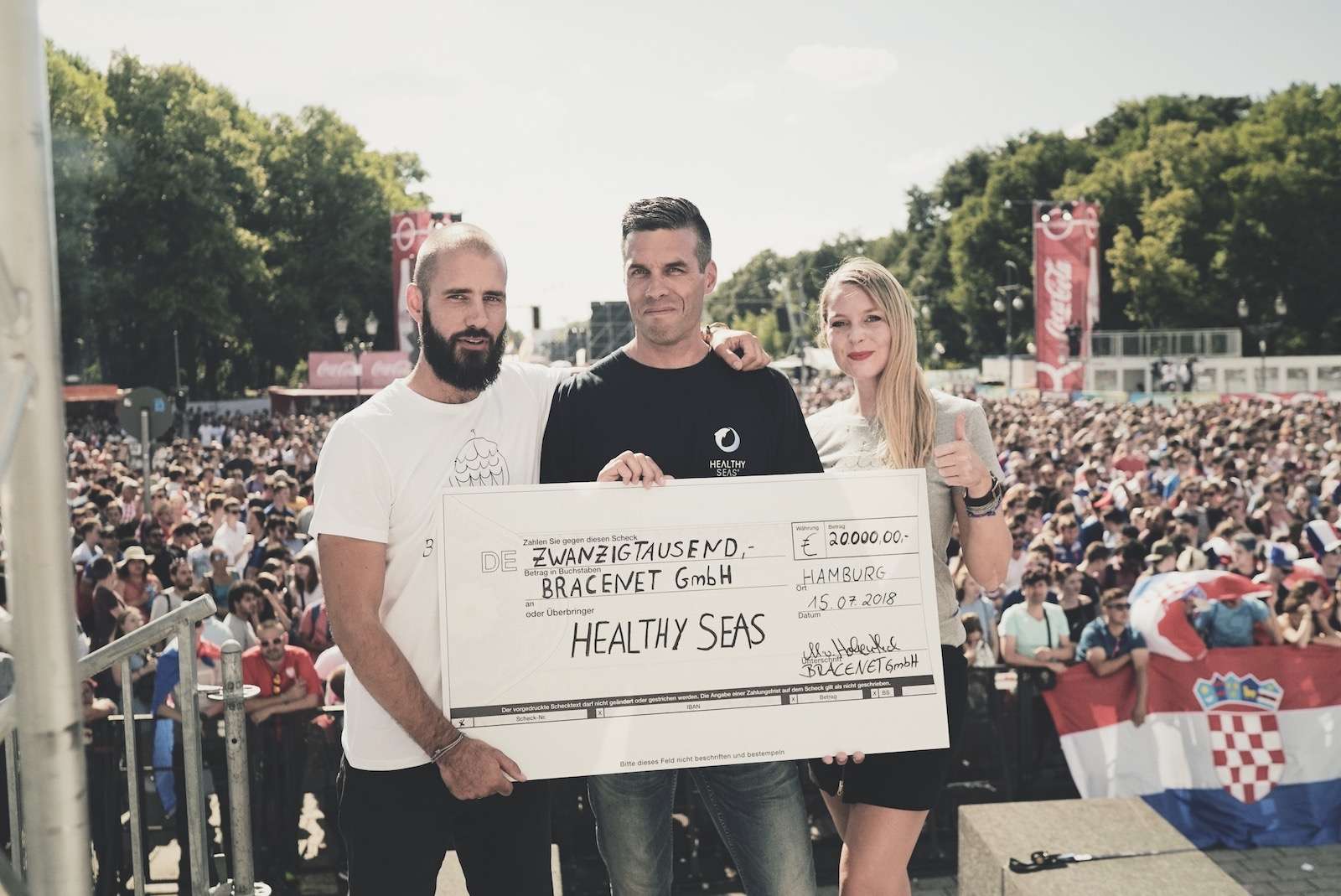
WHERE DO WE GET OUR FISHING NETS?
We upcycle old fishing nets into new products like our “Bracenet” bracelets. But where do we get all these fishing nets? And what’s the deal when we talk about “recovered ghost nets,” “discarded fishing nets,” or “former fishing nets”? Does a “North Sea Bracenet” really come from the North Sea? Can we trace the origin of all our nets?
